Real-Life Treasure Hunt That Has America Obsessed for 10 Years
One man said he hid a treasure in the Rocky Mountains. Then he wrote a strange little poem to help people find it. And surprisingly, that was enough. For ten years, thousands searched for it. Some quit their jobs, while some risked their lives. And even after it was found, the hunt didn’t really end.
The Poem That Started a Global Puzzle
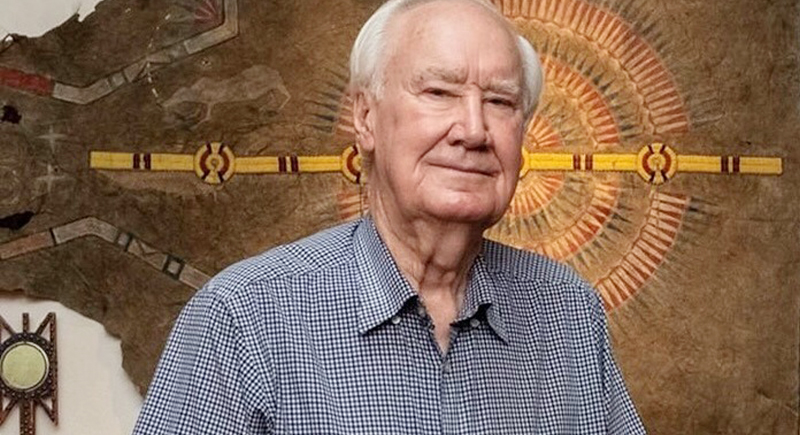
Credit: Instagram
In 2010, Forrest Fenn tucked a 24-line poem into his memoir, ‘The Thrill of the Chase’, claiming it held clues to a buried fortune. The poem, vague and metaphorical, sparked widespread analysis. People started interpreting the poem in myriad ways, but no one agreed on what “no paddle up your creek” meant.
A Treasure Hidden in Plain Myth
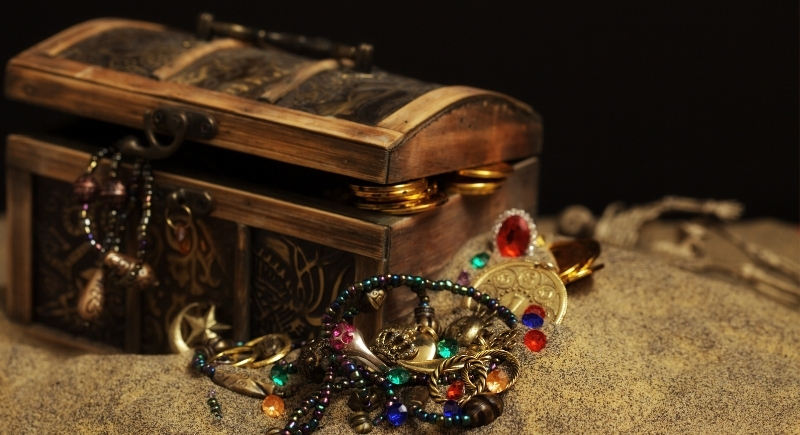
Credit: Getty Images
Fenn’s chest reportedly contained over 400 artifacts, including gold coins, rubies, sapphires, and a mini-autobiography sealed in wax. He refused to assign it a dollar value and insisted that the experience was more important than the contents. That description only deepened the lore with the promise of glory.
A Man Who Blurred Fact and Folklore
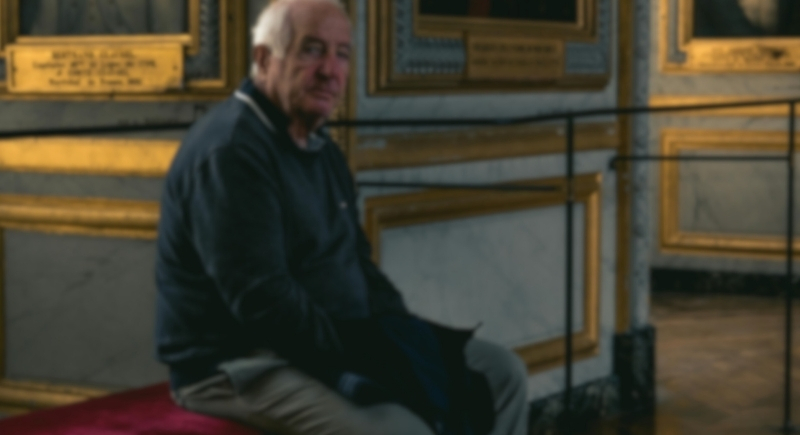
Credit: pexels
Forrest Fenn’s background shaped much of the treasure’s mystique. He flew combat missions in Vietnam before running a gallery in Santa Fe. He often dropped names and told stories about big personalities and high-profile sales, but the details were always a little slippery. Some of what he shared about his art dealings or his circle of friends could be hard to pin down. What stuck with people, though, was how much he enjoyed telling these stories, true or not.
Digital Detectives and Analog Hunters

Credit: Canva
Online forums, YouTube channels, and blogs emerged as hubs for decoding Fenn’s clues. Entire subcultures were formed, using their own etiquette and shared databases. Yet many avoided digital shortcuts altogether and preferred to hike, camp, and rely solely on the poem and a compass.
A Terrain That Demanded Everything

Credit: pexels
Fenn said he hid the chest somewhere an old man could reach, but searchers ended up in rough country with grizzly habitat, fast rivers, and steep trails. Yellowstone and the surrounding area drew crowds, even though the terrain was unpredictable and risky. Some people brought their kids or pets, while others showed up without any real plan for the mountains.
Deaths That Changed the Narrative

Credit: Getty Images
After the deaths of searchers like Randy Bilyeu and Michael Sexson, the hunt came under a harsh spotlight. Officials labeled it reckless and pushed Fenn to call it off. But for many participants, danger was part of the appeal.
Fenn’s Belief in Adventure as an Antidote

Credit: pexels
Fenn acknowledged the deaths, but rarely strayed from his message. He believed the hunt inspired adventure and brought people joy. Critics saw negligence, but he saw purpose. To him, the hunt was a way to get people off their couches and back into the wild with a map.
The FBI Raid That Haunted the Backstory

Credit: Getty Images
In 2009, the FBI raided Fenn’s home while investigating the trade in looted artifacts. He was never charged, but his name showed up in news stories and court documents. When his treasure hunt began soon after, some wondered if the timing was a coincidence. Speculation about a hidden motive has never really gone away.
Jack Stuef’s Quiet Triumph
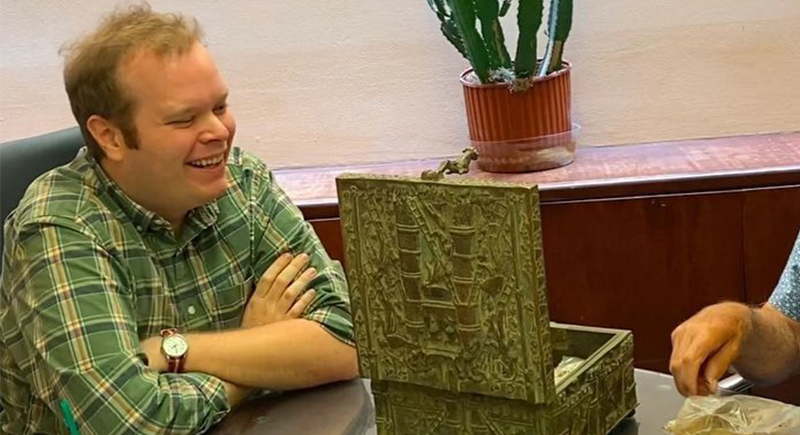
Credit: Instagram
The hunt ended in 2020 when Jack Stuef, a 32-year-old medical student, stepped forward as the finder. Instead of focusing on the poem, he started analyzing Fenn’s habits, his favorite spots, and the way he described memories. His years-long search paid off, but he chose anonymity at first, wary of lawsuits and online backlash.
Obsession That Outlasted the Prize

Credit: Canva
Even after the hunt ended, satisfaction was rare. Claims of near-misses, accusations of fraud, and legal challenges filled forums and headlines. Doubts about whether the treasure had ever been buried at all lingered.
A Netflix Retelling With a New Twist

Credit: Getty Images
The Gold & Greed docuseries reignited interest in the hunt and also introduced Justin Posey, a longtime searcher who created his own treasure chest. He buried it in secret and left clues in his book. But his clues were different and were more structured and tech-laced.
Posey’s Tribute—Or Provocation
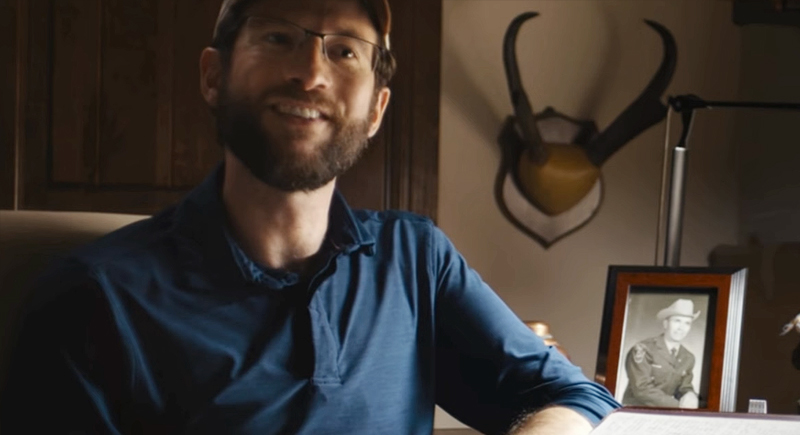
Credit: Youtube
Posey’s new treasure includes items from Fenn’s original chest and personal artifacts. He’s avoided assigning it value, mirroring Fenn’s philosophy. Yet, unlike Fenn, he included tech-savvy layers and background clues.
The Mythology That Money Can’t Buy

Credit: Getty Images
According to Fenn, his fingerprint and DNA were mixed in with the gold. He wanted the person who found the chest to know exactly who left it. For him, more than money, it was about leaving a trace of himself behind.
The Art World’s Mixed Opinion

Credit: iStockphoto
Fenn’s gallery had famous clients, but his local reputation was complicated. Some accused him of selling forgeries, and he proudly owned fake Modiglianis by Elmyr de Hory. He once bragged about inventing the idea that Santa Fe was the country’s third-largest art market. Nobody questioned it at the time.
What a Second Act Might Look Like

Credit: pixelshot
Posey set up his own hunt with a tighter set of rules and less showmanship. The prize is still out there, and the puzzle feels more methodical. Even without Fenn’s personality at the center, the urge to keep searching hasn’t faded. The hope that this one might actually be cracked keeps people coming back.